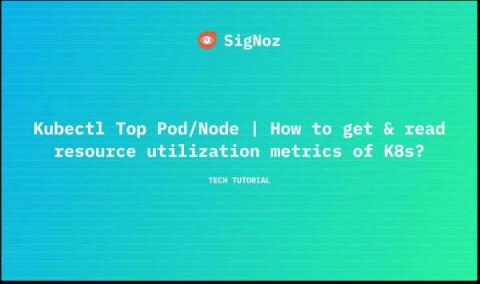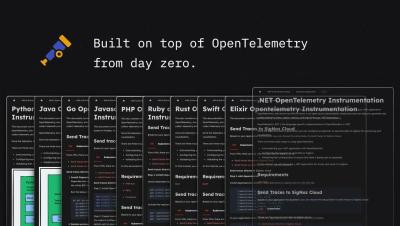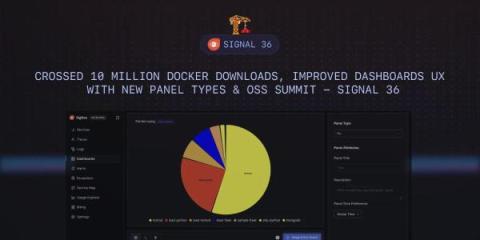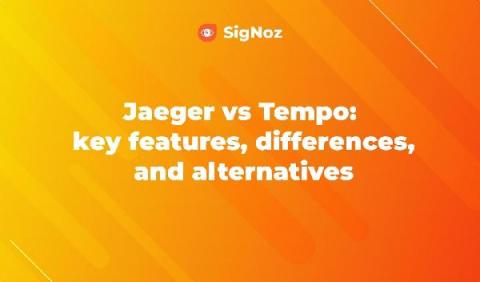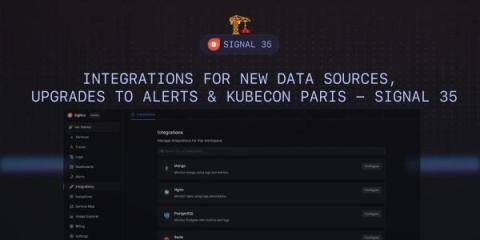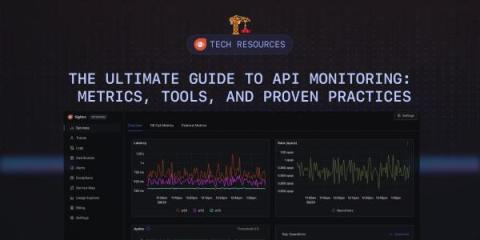Using Kubectl Logs | Complete Guide to viewing Kubernetes Pod Logs
Information about the containers and pods on your cluster may be obtained using the kubectl logs command. These logs allow you to know the performance of your applications, whether they are failing or healthy, and are particularly useful for debugging and troubleshooting purposes. In this article, we will see how to use the kubectl logs command to get information from existing resources in a Kubernetes cluster. Before we dive in, let's first take a quick look Kubernetes architecture and logging.





